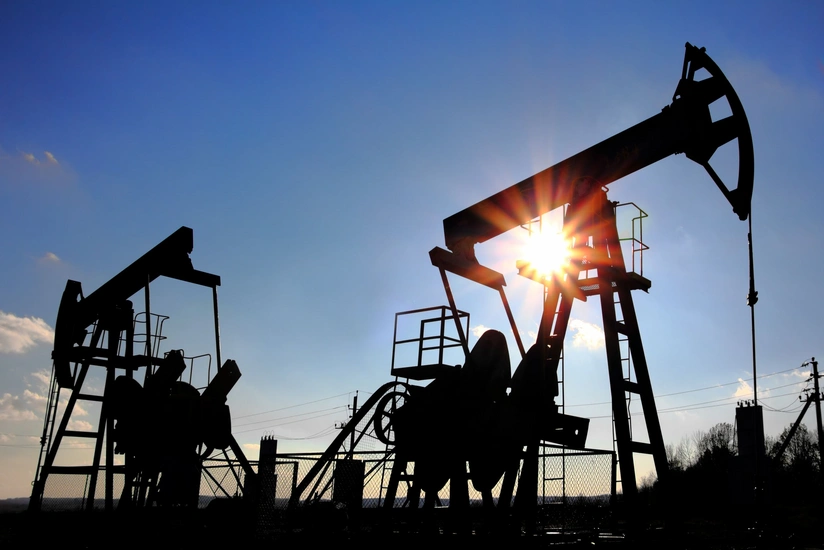S&P evaluates state of oil production in Azerbaijan in line with OPEC quota
- 09 August, 2023
- 09:57

In July, Azerbaijan kept the daily volume of oil production, as in the previous month, at the level of 500,000 barrels, Report informs referring to the S&P Global Commodity Insights survey, conducted on the basis of a survey by Platts.
This indicator lags behind the OPEC quota by 184,000 barrels per day.
Azerbaijan’s quota for daily oil production is 684,000 barrels.
OPEC+ cut its crude oil production to a near two-year low in July as a major voluntary cut by Saudi Arabia took effect (to 9.05 million barrels per day), according to the survey.
“The latest Saudi cut as well as disruptions in Kazakhstan and Nigeria more than offset gains in Iran and Iraq, contributing to an almost 1 million b/d fall in OPEC+ output month on month.”
OPEC’s 13 members pumped 27.34 million b/d, while Russia and eight other allies added 13.06 million b/d, for a total of 40.40 million b/d, the survey found. That was the group's lowest since August 2021, when major cuts implemented during the pandemic were still being unwound.
“With many parts of the global economy now on a wobbly footing, the OPEC+ alliance has returned to a strategy of aggressive supply restraint to support slumping oil prices, with several members announcing 1.2 million b/d in collective cuts from May through the end of the year and Saudi Arabia unilaterally declaring an extra 1 million b/d cut for July, which has been extended through September.
Saudi Arabia dropped its production to 9.05 million b/d -- the lowest level since June 2021, the survey found. The decline was not as steep as its pledged cut, with production falling 940,000 b/d on June volumes,” S&P noted.
Elsewhere Nigeria saw a 100,000 b/d drop to 1.32 million b/d on an outage at Forcados from mid-month that contributed to a sharp drop in exports.
Offsetting the Saudi cut to some extent were increases in output by sanctions-hit Iran and Venezuela. Iranian production was at its highest level since December 2018, at 2.76 million b/d, while Venezuela's was at the highest level since February 2019 at 810,000 b/d, according to the survey.
“The increases were a possible sign the US has been relaxing sanctions enforcement as it ramps up pressure on Russia in response to its invasion of Ukraine. Venezuela has also been benefiting from looser US sanctions, with imports of diluent helping boost its heavy oil output,” reads the survey.
Russian production was flat on the month at 9.42 million b/d, as it continued to shift its flows eastward in response to an EU embargo and the G7 price cap. Though its output has held up much higher than many forecasters had expected at the start of the war, it has now pledged to reduce its crude exports by 500,000 b/d in August and 300,000 b/d in September, as it seeks to bolster prices.
Kazakhstan, the second largest non-OPEC member of the alliance, saw a 50,000 b/d fall in production in July, after a power outage hit production and refining volumes.
The latest meeting of the OPEC+ Joint Ministerial Monitoring Committee on August 4 agreed to maintain quotas to keep supporting prices, with many analysts expecting rising demand in the second half of 2023 along with the OPEC+ cuts to tighten the oil market
The next JMMC meeting has been set for October 4, with a full ministerial meeting scheduled for November 26. The group could meet before then if it sees market conditions requiring further measures.
OPEC members Iran, Libya and Venezuela are exempt from quotas.
